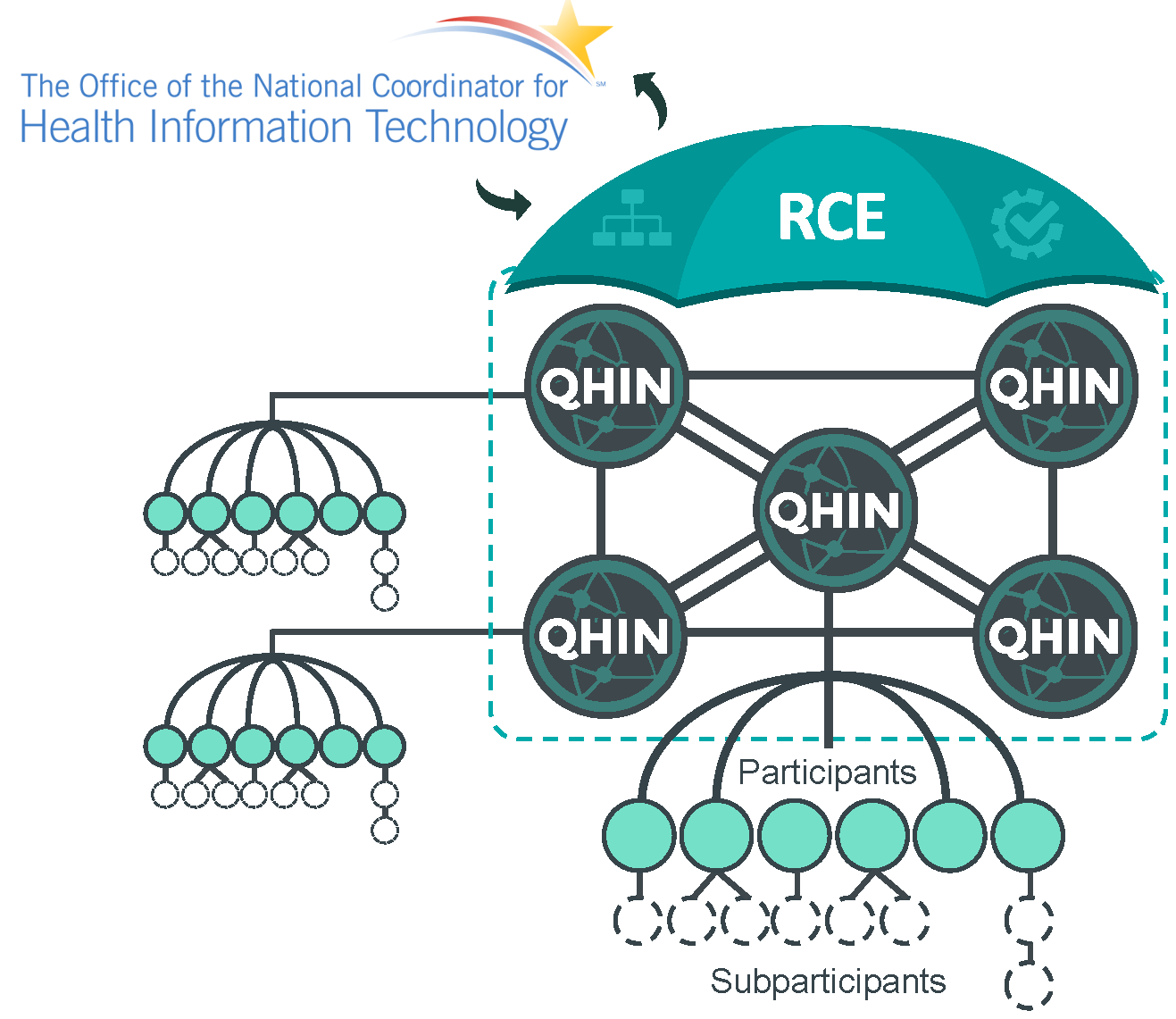TEFCA only poses technical requirements on its direct participants, the Qualified Health Information Networks, or QHINs, but they are not the actual sources nor destinations of the data. The actual “FHIR details” are sketchy in this IG; maybe that is by design. It seems to specify just what the QHIN needs to know to do patient discovery and move the query and response around rather than any specifics on where a query originates nor where the response goes, let alone what data is contained.
 The only mention of public health is in the appendices to the document. It contains language related to the exchange of data with public health, but only in the case of a declared public health emergency. No other context is provided (in fact, this section is each appendix and their purpose is not clear). Perhaps this is tied to the earlier declaration that only the treatment and Individual Access Services are required for initial QHIN implementation. This emergency language may have been included to make room for an initial public health use case that may be required nonetheless.
The only mention of public health is in the appendices to the document. It contains language related to the exchange of data with public health, but only in the case of a declared public health emergency. No other context is provided (in fact, this section is each appendix and their purpose is not clear). Perhaps this is tied to the earlier declaration that only the treatment and Individual Access Services are required for initial QHIN implementation. This emergency language may have been included to make room for an initial public health use case that may be required nonetheless.
Feedback is requested through November 7, 2022.
See our other posts about TEFCA.
This post was authored by Noam H. Arzt, and first published in the HLN Blog. It is reprinted by Open Health News with permission. The original post can be found here.
